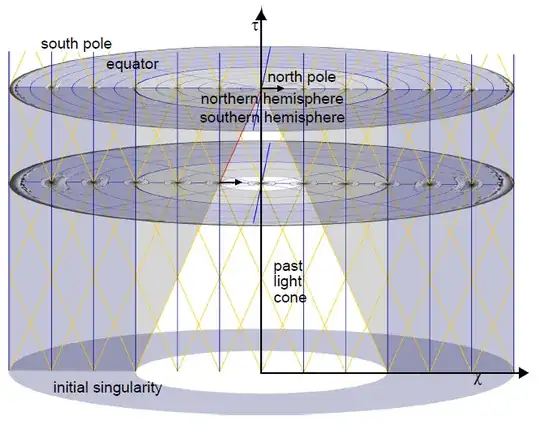Imagine a Pulse of light traveling through space at $c$, coming towards an observer on Earth, while at the same time, Space-time fabric (metric) is continuously changing (expanding), then why is the speed of light constant throughout space-time, since the separation of the very two-points in space, light is traveling in between, is not constant?
My guess to that was $c=\lambda\nu$ but, how does Frequency of light and its Wavelength changes in just the right way so there product gives the speed of light and not a speed lesser than that of light(because space is Expanding)?
A few articles also argued about its effect on Sommerfield's constant, but I've read that String theory allows Sommerfield's constant to change over time.
I am not a GR head (yet) so, this post is bound to have a lot of things wrong (or maybe, all of them) so kindly keep your explanations as descriptive as possible. It'll be really helpful if you could provide some intuitions or examples for the same.
